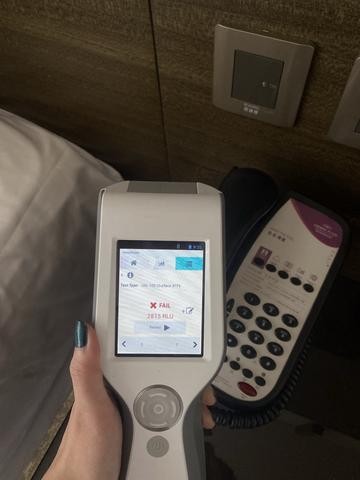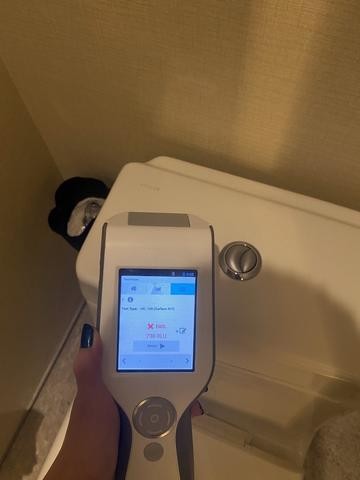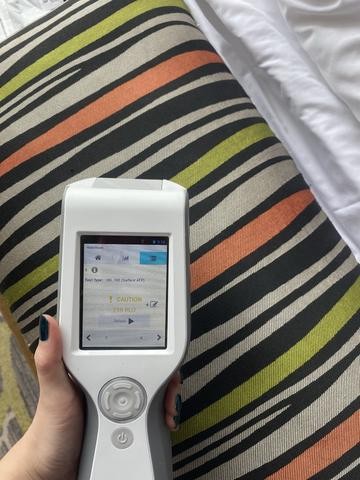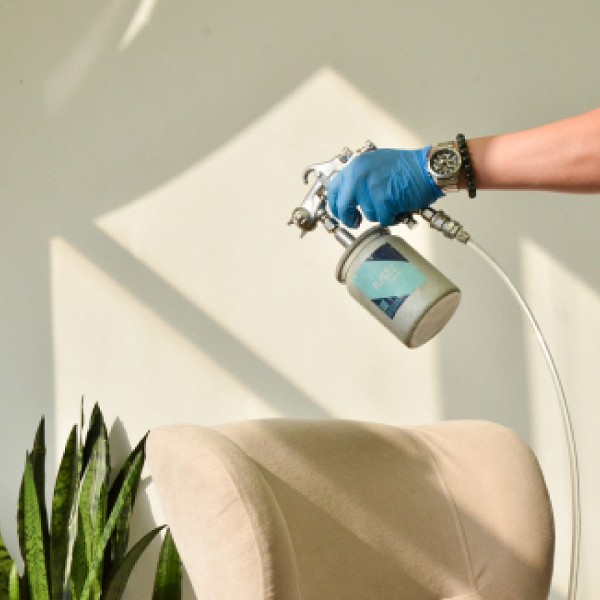#CleanWithLight: Ensuring a safe and happy hotel stay
How dirty is your hotel room?
You check into a hotel room. Everything looks in order: clean sheets, dust-free desk, fresh towels. But we all know, the appearance of cleanliness and actual sanitisation is entirely different. To relieve concerns, big hospitality groups have even taken to get certification labels for room hygiene standards. But what exactly does this standard uphold, and should we still be worried about potential germs left behind by previous occupants?
We inspected a hotel room and took some measurements immediately after housekeeping. According to the 3M Clean-Trace Hygiene Monitoring system, here’s a gist of the dirtiest spots bacteria tends to accumulate in:



Some hotels have turned to technology to set a new bar for cleanliness. One leading brand has adopted the use of electrostatic spraying with hospital-grade disinfectants. Other hotels have collaborated with experts for hygiene consultancy. This progressive shift in cleaning attitudes contribute to the ripple effect of COVID-19, as hotels race to re-establish guest credibility and trust.
What should you be taking into consideration?
According to the Centre of Health Protection in Hong Kong, hotels have careful guidance especially when dealing with quarantined guests/guests who have tested positive. Beds and sheets are cleaned and stripped, but it’s important to note that quilts and bottom sheets are only changed when necessary. Glasses and utensils also typically don’t get changed unless they have been visibly used — so don’t put them back if you do! When bathroom floors are mopped up, bacteria simply get spread around at best. High-touch surfaces are the most important to consider, especially if they are hard to clean:
- Remote controls
- Telephones
- Switches
- Faucets
- Stationary
- Window panels
- Curtain adjusters
- Anything that is likely to have been touched by the previous occupant, especially if you suspect that it does not get cleaned properly/regularly
Of course, hotel sanitisation standards vary, but it’s worth taking the initiative to inquire about the specific protocols your hotel has implemented. High-touch points such as remote controls, telephones and light switches are also high-risk areas. Consider surfaces and items that are difficult to clean such as throw pillows and cushions. For a more detailed insight into different kinds of bacterium and where they like to play hide and seek, check out our pathogen guide here.
In a 2012 case study, 81 percent of hotel room surfaces samples tested for faecal bacteria.
We all know that the bathroom is the dirtiest place, but do you know why? When we flush the toilet, contaminants spread flying onto the toilet seat, surround walls, flush handle, and toilet roll dispenser. Around 80% is sent to the wall behind the toilet — and how many times does the wall get cleaned?
Different bacteria and viruses have their own surface survival lifespans. Viruses also prefer non-porous surfaces such as stainless steel and glass, compared to porous materials like tissues and fabric. For example, the flu virus can survive up to 3 days on hard surfaces. Thorough sanitisation may be common practice now, but it wasn’t necessarily before. To make matters worse, lots of surfaces end up untouched because items like throw pillows, remote controls and leather seats/sofas can be hard to clean and harbour a lot of pathogens that we make regular contact with.
Raze offers a self-sanitising solution that is inspired by nature and, by imitating its processes, can keep surfaces and surrounding air clean, to offer a safer, cleaner, and more sustainable future for your team and guests.
https://youtu.be/59qq2nU8r2w
To put yourself at ease, or if you’re in for a long stay, use Raze as creatively as you want! #RazewithU



